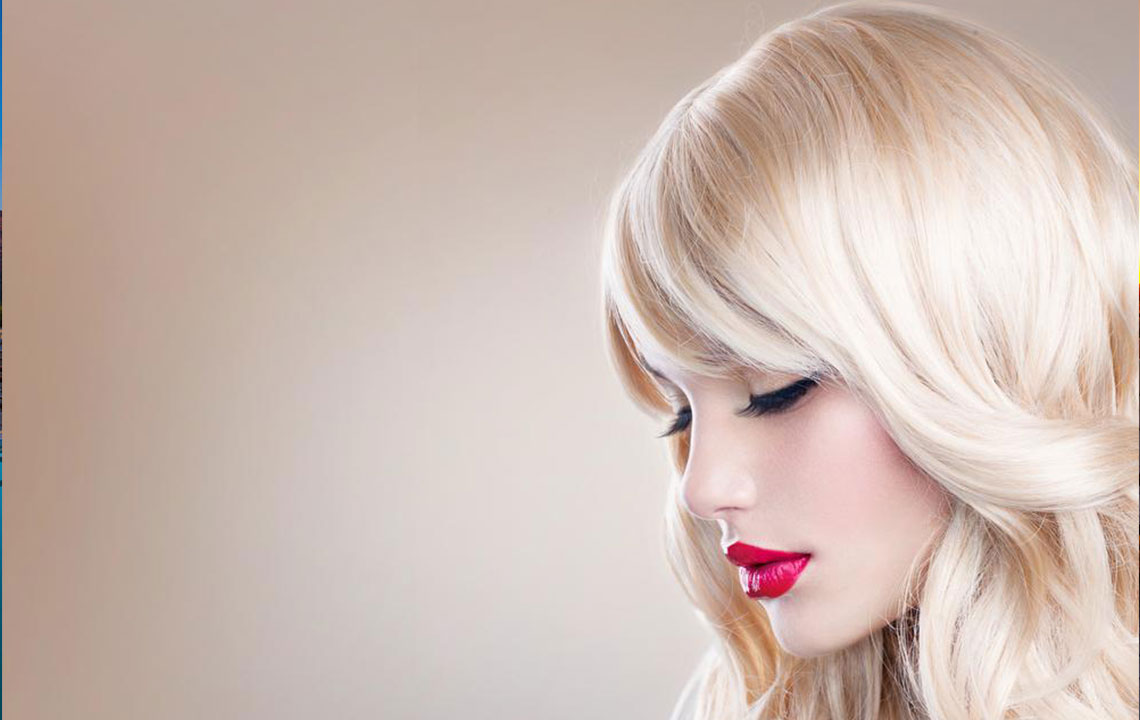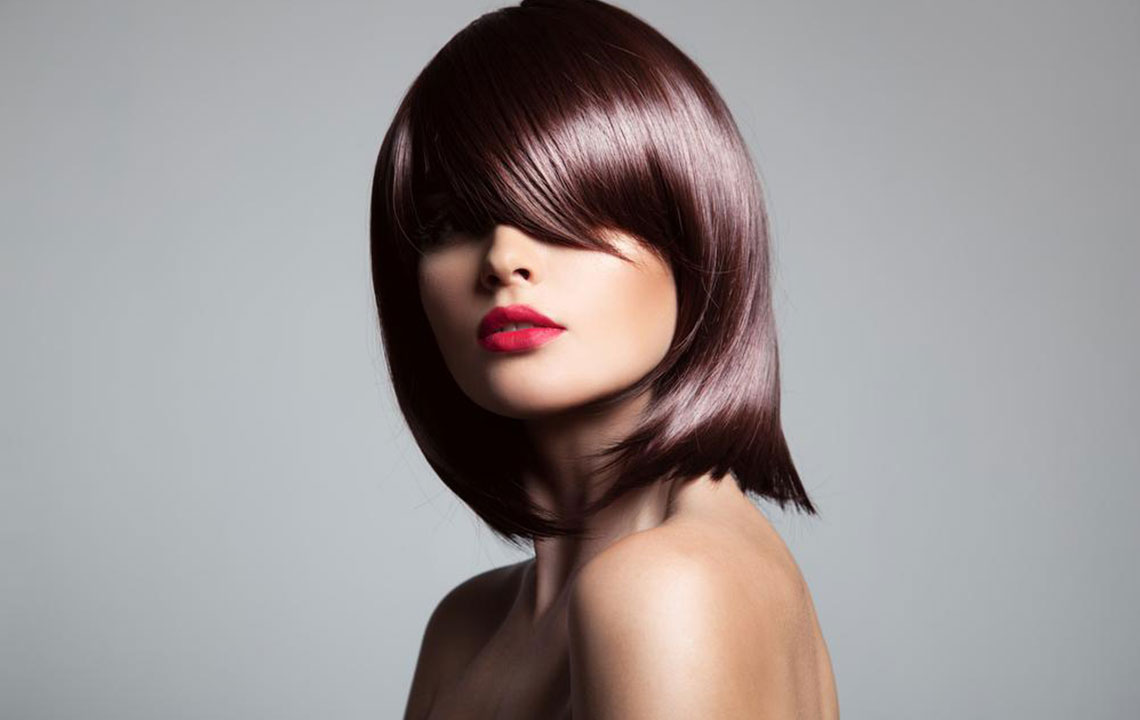Comprehensive Guide to Choosing Your First Wig: Tips and Considerations
This comprehensive guide provides essential tips for first-time wig buyers, covering types, sizing, construction, and fitting. It offers detailed advice to help beginners make confident decisions, ensuring comfort, style, and natural appearance. Whether opting for synthetic or human hair, understanding these key factors will help you find the ideal wig suited to your needs. The article emphasizes the importance of proper fitting and construction quality, guiding new buyers through the selection process for a satisfying and fashionable experience. Perfect for anyone new to wig shopping seeking expert guidance.

Embarking on the journey to select your very first wig can be both exciting and overwhelming. With a multitude of options, styles, and materials available in the market today, many beginners find it challenging to make an informed choice that aligns with their personal style, comfort, and budget. Whether you're aiming for a subtle change or a bold new look, understanding the key factors involved in choosing the right wig is essential to ensuring satisfaction and confidence in your selection. This extensive guide aims to provide detailed insights into everything you need to know when buying your first wig, covering types, sizes, construction quality, and other important considerations.
Understanding the Different Types of Wigs
One of the fundamental steps in the selection process is understanding the various types of wigs available. The two primary categories are synthetic wigs and human hair wigs, each offering distinct advantages and drawbacks.
Synthetic Wigs
Synthetic wigs are manufactured using various fibers that mimic the appearance of natural hair. They are popular among first-time buyers due to their affordability and lower maintenance requirements. Typically, synthetic wigs are pre-styled and hold their shape even after washing, making them particularly convenient for those with busy lifestyles or those new to wig wearing. However, a notable limitation of synthetic wigs is their sensitivity to heat; most are not heat-resistant, which means styling them with hot tools like curling irons or straighteners can damage the fibers. Yet, advances in synthetic fiber technology have led to the development of heat-friendly options, providing some flexibility in styling. Overall, synthetic wigs are an excellent choice for beginners who prioritize ease of use and budget-friendly options.
Human Hair Wigs
For those seeking a natural look and versatile styling options, human hair wigs are the ideal choice. Made from real human hair, these wigs can be treated just like natural hair—styled with curling irons, blow dryers, and other hot tools. They tend to have a more realistic appearance, with a natural sheen and texture that closely resembles real hair. While they come at a higher price point than synthetic options, the investment is often justified by their durability and flexibility. Human hair wigs are suitable for individuals who want a bespoke look or plan to wear a wig regularly. Proper maintenance, including regular washing and conditioning, can extend the lifespan of these wigs significantly.
Determining the Right Fit: Wig Sizes and Fitting
Ensuring a proper fit is crucial for comfort, natural appearance, and the longevity of the wig. Wigs come in different cap sizes: petite, average, and large. Most people fall into the average size category, but it’s essential to measure your head accurately to select the best fit. A simple measurement involves wrapping a soft measuring tape around your head at the widest point, typically just above the ears and across the forehead. Once you have your measurements, compare them to the sizing chart provided by wig retailers.
Adjustable Features and Fitting Tips
Many wigs come with adjustable straps or hooks that help customize the fit. These features allow you to tighten or loosen the cap, providing a snug and secure feeling, which is particularly important if you plan to wear the wig for extended periods or during physical activities. For added comfort, some types of caps feature silicone grips that prevent slipping. For the most accurate fitting, visiting a wig boutique for a professional fitting session can be incredibly helpful. Such services allow you to try on different styles and sizes to find the perfect match.
Construction Quality and Cap Styles
The construction quality of a wig significantly affects its appearance, comfort, and durability. Several cap styles are designed to mimic natural scalp movement and hair growth, each suitable for different preferences and needs.
Hand-Tied Wigs
Hand-tied wigs are crafted with individual hair strands sewn by hand into a lace or monofilament base. This meticulous process results in a lightweight, breathable, and highly natural-looking wig. Hand-tied caps are especially suitable for sensitive scalps or for those seeking a realistic parting and hairline. Due to the labor-intensive manufacturing process, these wigs tend to be more expensive but are often considered worth the investment for their comfort and lifelike appearance.
Lace Front Wigs
Lace front wigs feature a sheer lace panel along the front hairline, allowing for a seamless, natural-looking hairline that can be styled away from the face. These wigs are ideal for creating a versatile and realistic appearance, especially if you want to style your hair in different ways or pull it back. Proper care of the lace front is essential to maintain its integrity and natural look over time.
Monofilament Wigs
Monofilament wigs use a fine, breathable mesh material for the cap, enabling each strand of hair to be individually hand-tied—often in a way that simulates natural scalp movement. This construction allows for parting and styling options similar to natural hair. Monofilament caps are a popular choice for those who want a convincing, natural appearance combined with comfort.
Wefted Wigs
Wefted wigs are constructed with strips of hair sewn onto a cap base. They are generally more affordable and easier to wear, but offer fewer styling options compared to hand-tied or monofilament caps. Wefted wigs are suitable for casual, everyday wear and are often preferred for their simplicity and cost-effectiveness.
Final Tips for First-Time Wig Buyers
Choosing the right wig involves thorough research and self-awareness. Here are some essential tips to ensure you make a confident purchase:
Determine your purpose: Are you wearing the wig for fashion, medical reasons, or costume purposes? This will influence your choice of style and material.
Set a budget: Wigs come in a broad price range. Decide how much you are willing to invest, keeping in mind that higher-quality wigs tend to last longer.
Consider your lifestyle: If you prefer low-maintenance options, synthetic wigs might be best. For more styling flexibility, human hair wigs are preferable.
Research reputable sellers: Purchase from trusted brands or salons that offer good customer support and return policies.
Try before you buy: When possible, test different wigs in person to assess comfort, fit, and look.
Consult professionals: Visiting a wig specialist or stylist can provide personalized advice and help you find the most flattering style.
In conclusion, selecting your first wig is an exciting process that benefits greatly from understanding the various options and features available. With careful consideration of wig types, sizes, construction quality, and your personal needs, you can find a wig that enhances your style and boosts your confidence. Remember to be patient in trying different styles and seek expert guidance whenever possible. Your perfect wig is out there—happy shopping!




